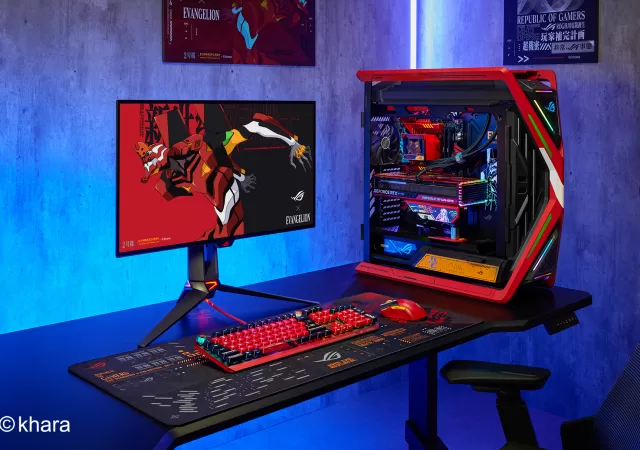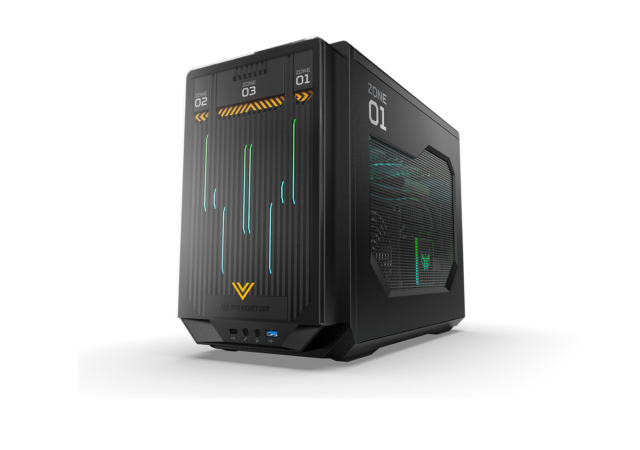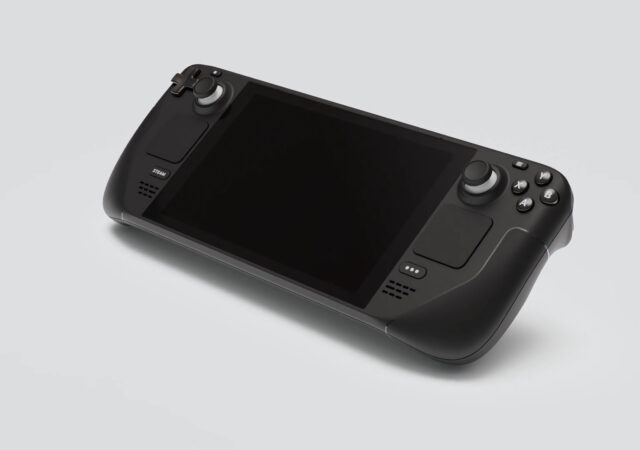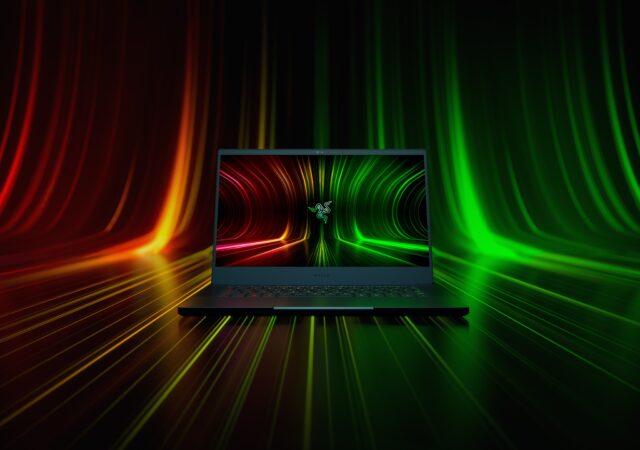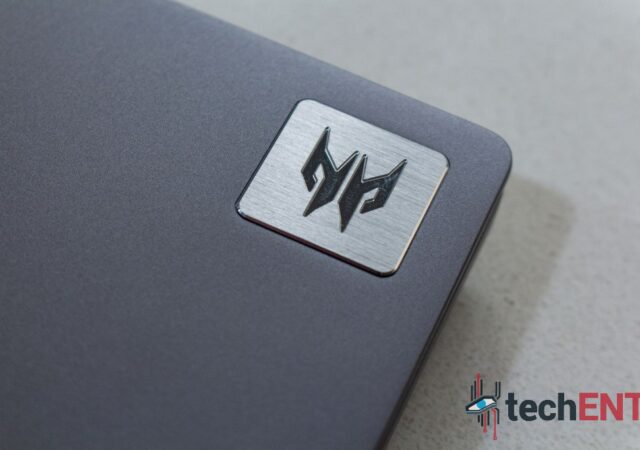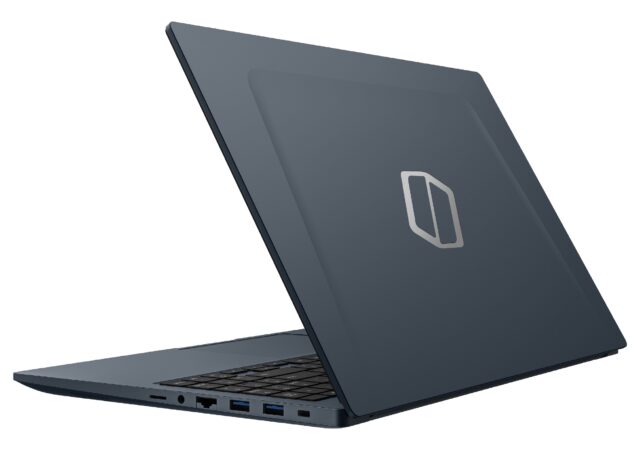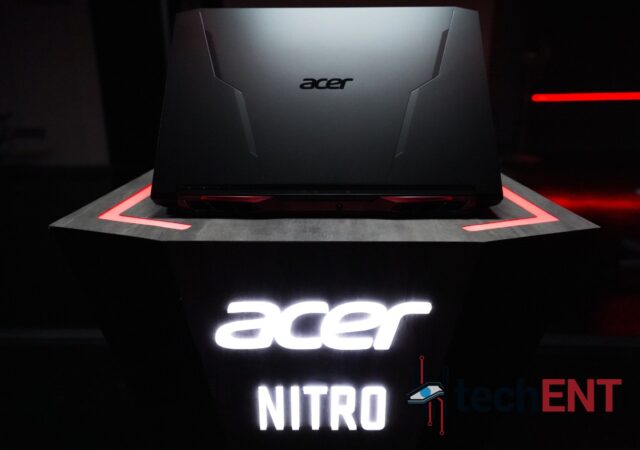ASUS Republic of Gamers (ROG) announces its collaboration with hit anime series, Evangelion, featuring EVA-02 and Asuka’s artworks.
[next@Acer 2023] Acer’s Latest Predator Orion X Desktop is Probably the Most Powerful Small Form Factor Desktop Tower You Can Buy Now.
Acer introduces the Predator Orion X in Next@Acer 2023, the compact gaming PC packing the most powerful hardware money can buy.
Valve Announces the Steam Deck – Proper PC Gaming in Nintendo Switch-esque Package.
When Nintendo Switch was first teased, the PC gaming market went a little wild. Independent manufacturers took bold steps and packed all they can into a package that resembles the Nintendo Switch running the Windows platform. Despite the fact that…
[E3 2021] Razer Blade 14 Launches with AMD’s Ryzen 9 5900HX CPU – The Most Powerful 14-inch Laptop in the World is Here
Razer just launched the Razer Blade 14 gaming notebook with AMD Ryzen 9 5900HX and NVIDIA GeForce RTX 3080 priced from USD $1,799.99 onward!
[Next@Acer 2021] Acer Launches 11th Generation Intel and NVIDIA GeForce RTX 30 Series Powered Predator Triton 500 SE and Helios 500.
Acer launches the Predator Triton 500 SE and Predator Helios 500 in their 2021 edition of Next@Acer global event.
Samsung Galaxy Book Odyssey is the First Gaming Notebook with NVIDIA GeForce RTX 3050 and RTX 3050Ti
Samsung launches their new gaming laptop line-up in the Galaxy Book Odyssey packing NVIDIA’s latest GeForce RTX 3050Ti.
Acer Launches the Nitro 5 with AMD Ryzen 9 and NVIDIA GeForce RTX 3080
The Acer Nitro 5 for 2021 can be a beast with AMD’s Ryzen 9 and RTX 3080 inside. Available for pre-order from MYR 3,699 onward.



